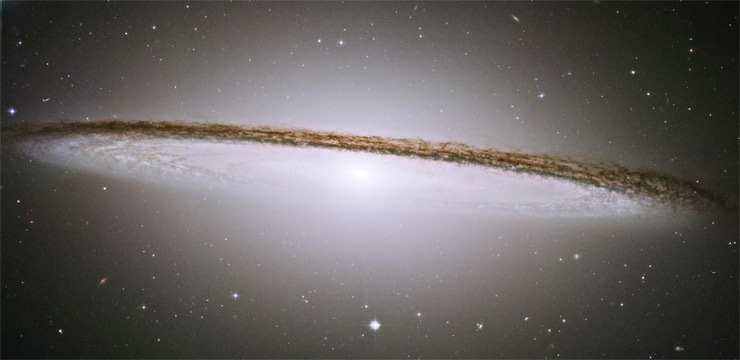
A Better Galaxy Guide: Late Spring
May 2009 :
Those of you who enjoyed my first installment on this subject (in last month’s issue) will, I hope, find this second part to be even better. Three constellations are covered on the accompanying list of recommended objects and two—Virgo and Coma Berenices-feature the grandest, richest assortment of galaxies bright enough to be seen in small-to-medium aperture instruments of all constellations in the sky, period. This “Virgo-Coma” cluster of galaxies is so crowded with objects that trying to “zero-in” on only the best among them can be a daunting challenge, but I’ve made it much simpler by listing (with very few exceptions) only the brightest and easiest to work with for your deep-sky hunting.
I observed and/or researched catalog data on nearly 35 galaxies in Virgo, 20 in Coma Berenices, and 15 in Canes Venatici in order to develop notes from which a much-reduced final number-suitable for this issue—could be culled. We don’t have the space here to print my entire notebook listing, so be advised that what you see represents about the best of the best. Only four Messier galaxies are omitted: M58, M59, and M89 in Virgo, plus M98 in Coma Berenices. (Three of these are referenced in my “notes” section, so you won’t miss them entirely.)
Regarding the notes that follow my list of 31 objects (most of them being galaxies): I chose to omit notes for the 8 objects in Canes Venatici, both to save space and because all of them are basically easy to find in a sky region much simpler to navigate around. Also, you’ll see a column in the table showing page numbers in Burnham’s Celestial Handbook. I hope many of you either already own this classic 3-volume set, or can obtain it somehow. Although some of the information in Burnham’s is over 30 years out of date, the entries I’ve flagged in the Burnham’s column will give you a wealth of information on things of greatest interest—if possible, reference this material. By the way, pairs of galaxies that lie close together on the sky are indicated by asterisks. You’ll be able to observe a few such pairs using low power, wide field eyepieces.
Many of my choices here can be seen in a 4-inch telescope and some are doable in 50mm or larger binoculars, but in general, I’d suggest using telescopes of 6-to-8 inch aperture, at least for the galaxies. If you don’t own a scope of that size range, just pick-out the brighter objects listed and use what you’ve got. In closing, you might find it advisable to take another look at my article in last month’s issue. The introductory section explains why I chose to come up with these observing lists and also how they are planned. I hope you’ll find my notes useful for star-hopping, too. (Double star enthusiasts will find some good information in the notes.)
Much has been written on the “Virgo-Coma” galaxy cluster and, to save space here, I’d recommend seeking out more information on this highly important “Realm of the Nebulae.” (Yes, Robert Burnham devotes a wonderful section to this galaxy group in his chapter on Virgo.) Are you ready to look 60 million light-years away?



